The Different Types of Honey and Their Unique Benefits
Honey is more than just a natural sweetener—it’s a diverse superfood with a variety of flavors, colors, and health benefits, depending on its floral source. Understanding the different types of honey can help you choose the best one for your needs.
1. Acacia Honey
- Flavor: Light and delicate.
- Color: Pale to light amber.
- Benefits: Known for its cleansing properties, particularly supporting liver health.
2. Manuka Honey
- Flavor: Earthy and slightly bitter.
- Color: Dark cream to dark brown.
- Benefits: Renowned for its strong antibacterial properties, making it effective for wound healing and digestive health.
3. Clover Honey
- Flavor: Mild and sweet.
- Color: Light amber.
- Benefits: A versatile honey that’s great for everyday use, including baking and sweetening beverages.
4. Buckwheat Honey
- Flavor: Rich and malty.
- Color: Dark brown.
- Benefits: High in antioxidants; supports respiratory health and soothes sore throats.
5. Orange Blossom Honey
- Flavor: Citrusy and floral.
- Color: Light amber to white.
- Benefits: Offers a calming effect; pairs well with teas and desserts.
6. Eucalyptus Honey
- Flavor: Strong with a hint of menthol.
- Color: Amber to dark amber.
- Benefits: Known for its antiseptic properties; beneficial for colds and respiratory issues.
7. Dandelion Honey
- Flavor: Sweet with a slight bitterness.
- Color: Golden yellow.
- Benefits: Traditionally used for liver detoxification and digestive support.
8. Wildflower Honey
- Flavor: Varies depending on the flowers in bloom.
- Color: Ranges from light to dark amber.
- Benefits: May help with seasonal allergies due to the variety of pollen content.
Choosing the Right Honey
When selecting honey, consider the following:
- Purpose: For medicinal uses, Manuka or Buckwheat honey may be ideal. For everyday sweetening, Clover or Wildflower honey are great choices.
- Flavor Profile: Choose based on your taste preference—light and mild or dark and robust.
- Local Varieties: Supporting local beekeepers can provide you with fresh, raw honey that’s unique to your region.
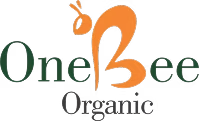
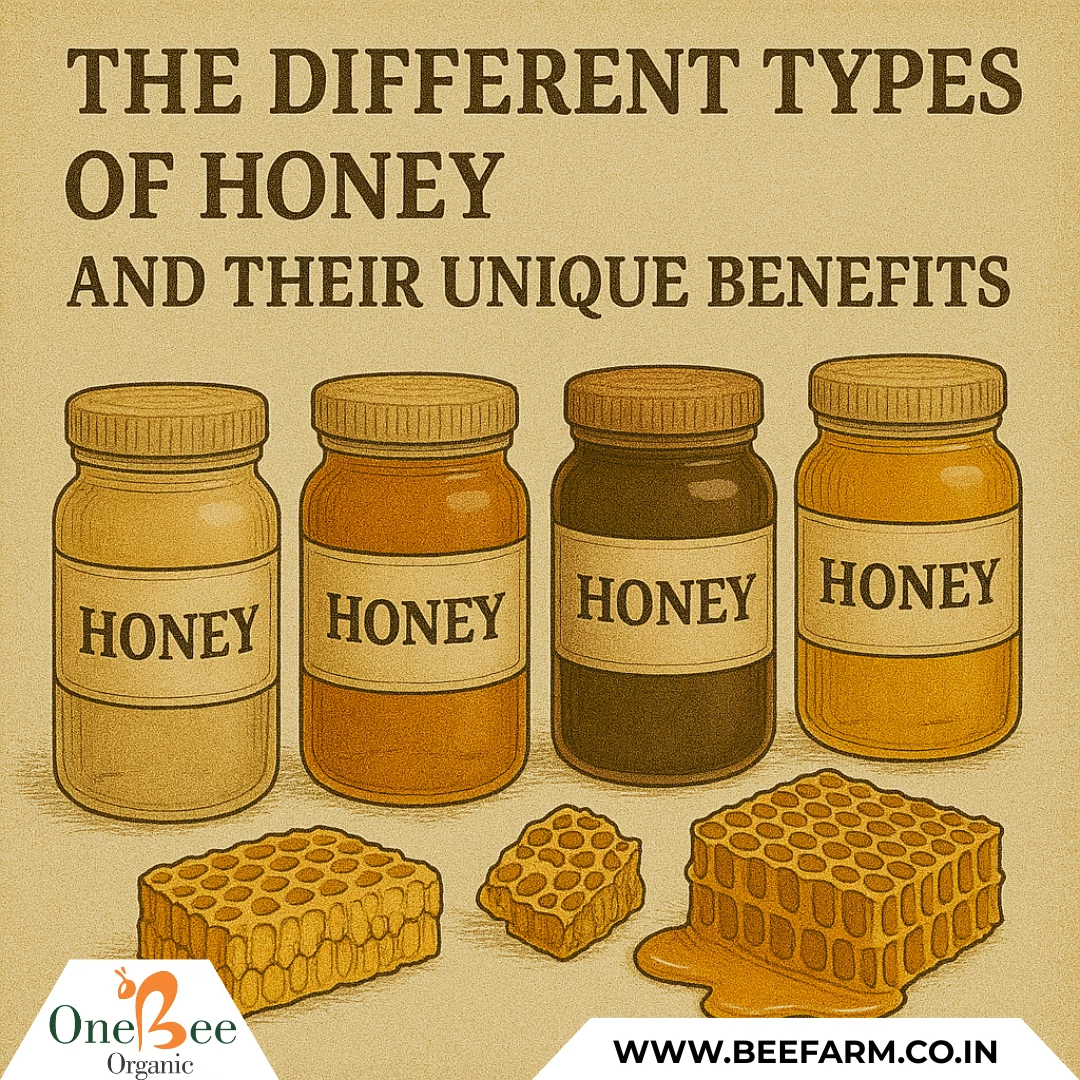
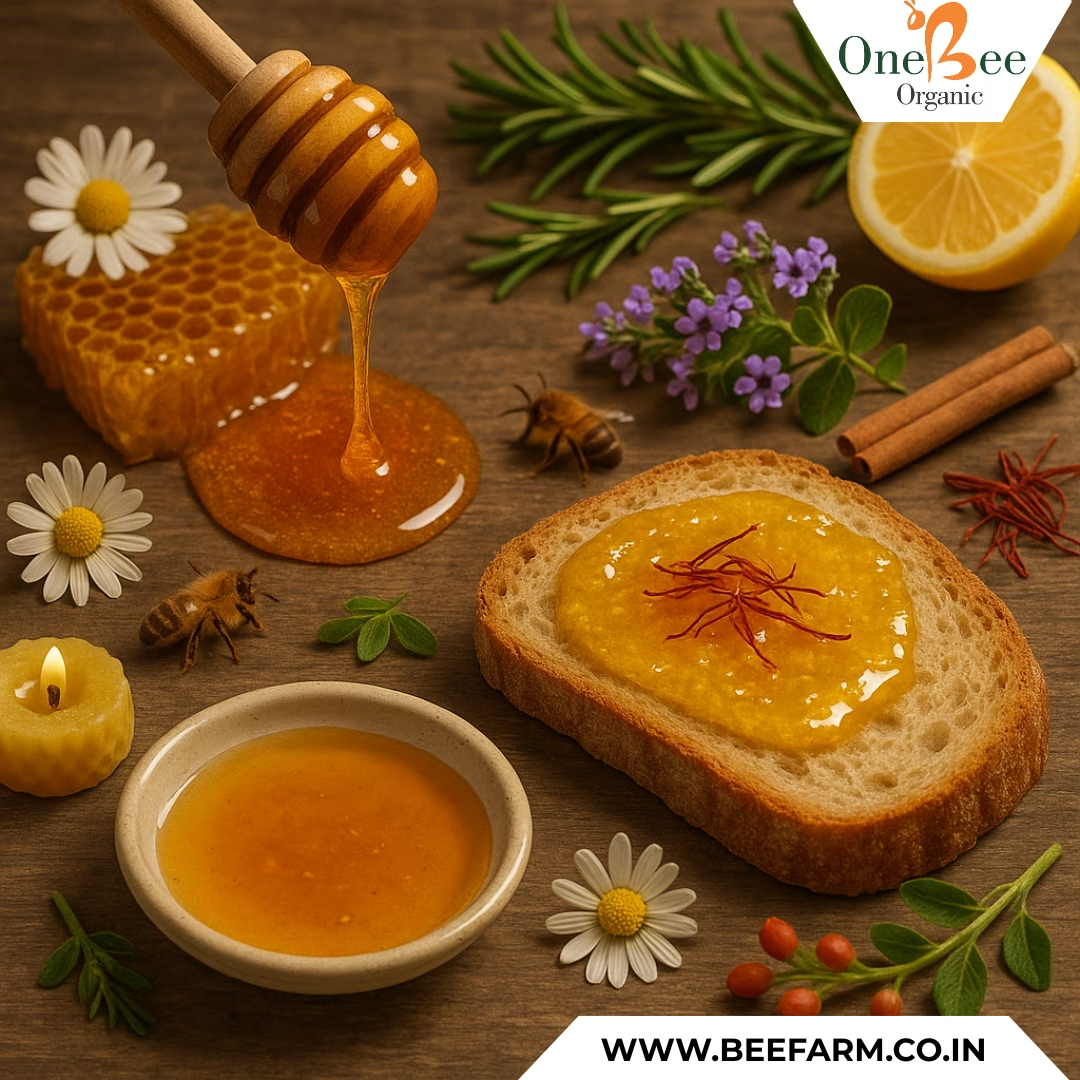

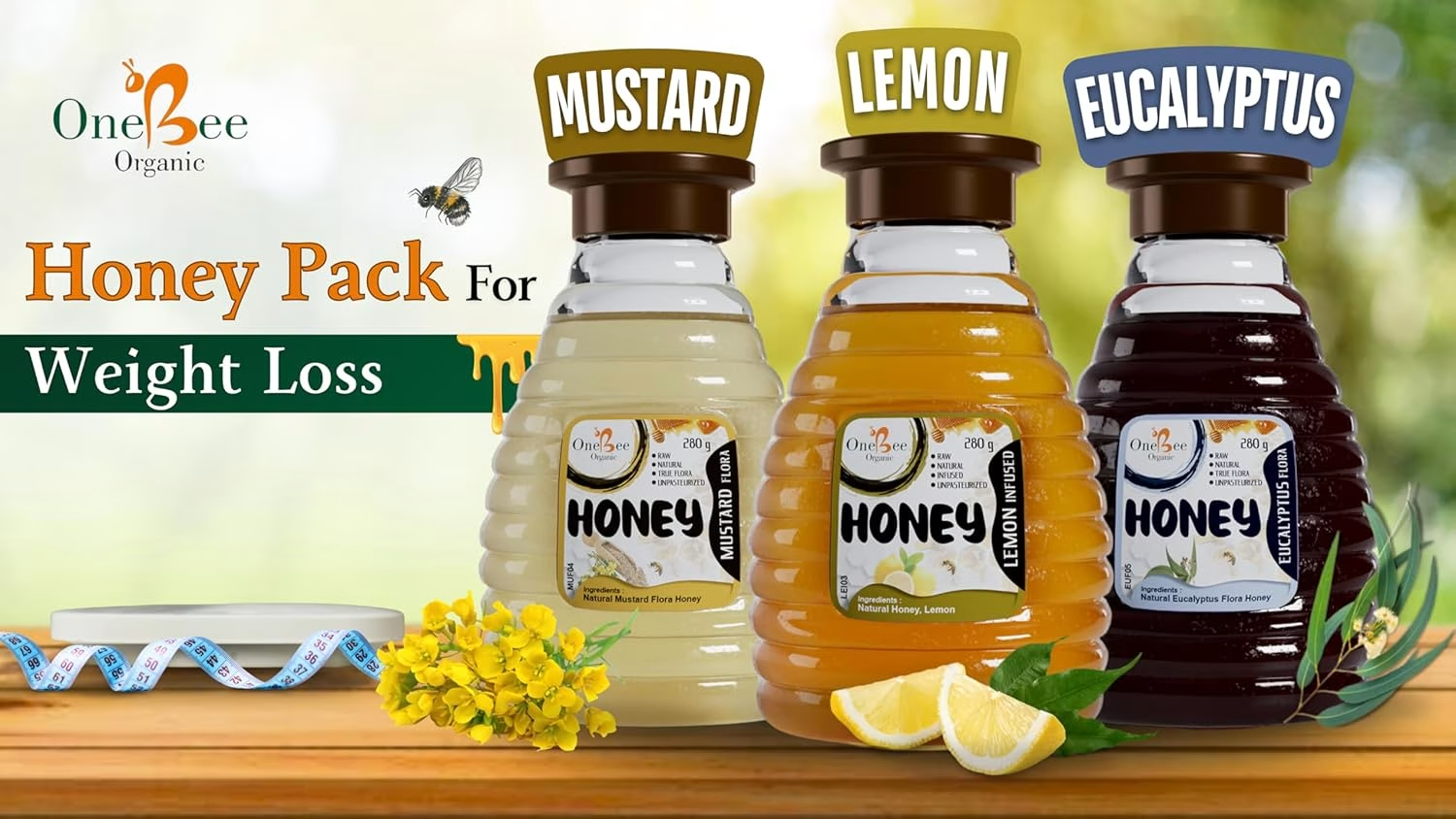

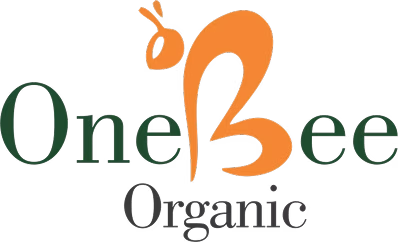
Leave A Comment